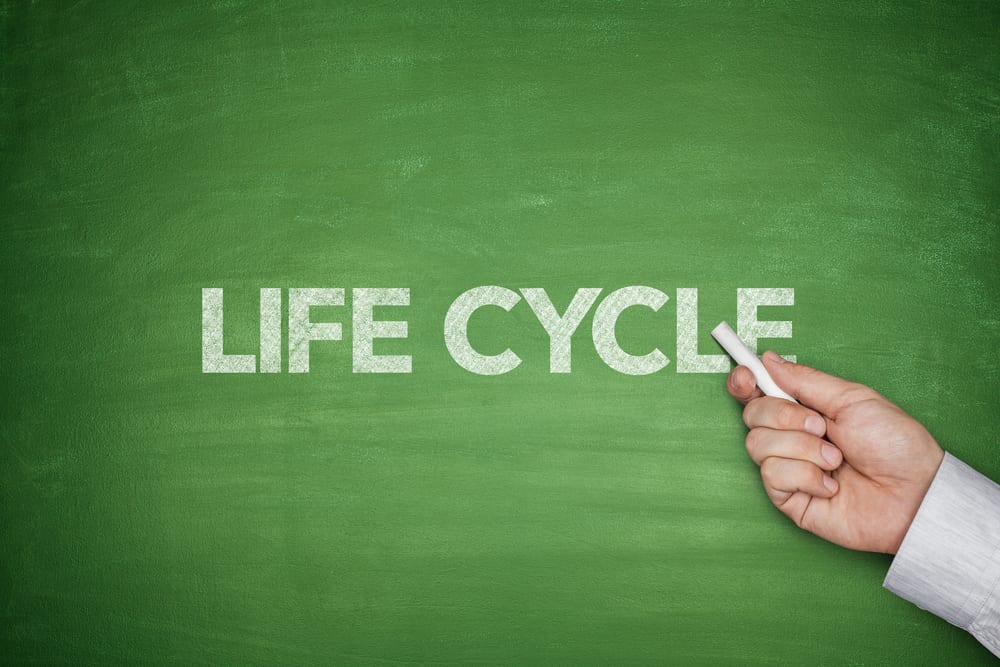Though they sound similar, project and product life cycles are separate and very different concepts. Projects are usually a part of creating a product, thus the project life cycle often takes place within a much larger product life cycle.
Let’s look at the concepts in greater detail.
Project Life Cycle
Any project has certain definite phases:
- construction projects,
- IT projects,
- marketing,
- internal projects
All go through definite phases. Together, these phases represent the life cycle.
The process of documenting the project life cycle is simply elucidating the different phases involved in the project. This allows everyone involved to understand what will happen and when. It also allows for continuing process improvement from project to project, as future projects can incorporate some of the same phases from past projects.
Lastly, it greatly aids project management, allowing personnel to be assigned to the relevant project phases and facilitating the use of project management software.
One of the most common ways to define project life cycle involves the ‘6 stages of project life cycle management’. In this model, the project follows six defined phases:
- pre-project,
- planning and design,
- contractor selection,
- project mobilisation,
- project operations,
- and finally the project close out and termination phase.
However, the project life cycle will vary depending on a number of factors. Different industries and organisations have their own project life cycle definitions, and different types of projects will also require customised life cycles. Managers must also take into account that between the phases there must usually be some kind of handover, with components or information transferred from one team to the next.
Costs and staffing levels tend to be lowest during the beginning of a project life cycle, then peak during the middle of the project. On the other hand, risk and uncertainty tend to be highest at the beginning of the project and then decrease over time, as the project becomes ever better defined.
In many cases, the project life cycle represents a phase in the much larger project life cycle — usually it’s the project development and/or adaptation phase.
Product Life Cycle
Whereas the project life cycle concept applies to many different kinds of projects, the product life cycle applies specifically to products brought to market. The concept of a product life cycle is simply that the product goes through a number of phases throughout its useful life.
The product life cycle starts with an idea for a product, which goes through evaluation during the “innovation” stage. Then, the idea is developed into a product during the product development phase, which as previously noted often takes the form of a project.
The product is then introduced to the market, after which time there may be a product adaptation phase to adapt it to the needs of the market. As the product is on the market, a sustaining phase helps maintain sales levels until the product is no longer relevant to the needs of the market, at which point it goes through an end of life phase.
At each stage of the product’s life cycle, marketing strategies, product revenue, and product profit may be very different. Initially, revenue may be high, but profit margins may be relatively low due to the necessity of recouping tooling and production costs. By the end of life for the product, revenue tends to drop but the cost of production and delivery is at its lowest. Marketing strategies similarly adjust themselves to these realities throughout the life cycle.
Of course, the duration of each product stage varies widely from product to product. Some software products may have a life cycle measured in months, whereas products like refrigerators may remain mature and viable for decades.
Similarly, not every product will follow a predictable and smooth curve from market introduction to decline and end-of-life. Products which appear to be declining sometimes return to maturity if a project rejuvenation strategy succeeds or if a competitor exits the market.
On the other hand, project life cycles are much more clearly defined — project life cycle is all about taking action. The caveat of project life cycles is that, while they are more predictable, it’s important to beware of “scope creep”, which is the tendency for projects to get bigger and more involved until they become impossible to complete.
Images: ”Life cycle on blackboard with businessman/ Shutterstock.com“
__________________________________________________________________________________
 Connect with Tweak Your Biz:
Connect with Tweak Your Biz:
Would you like to write for Tweak Your Biz?
Tweak Your Biz is an international, business advice community and online publication. Today it is read by over 140,000 business people each month (unique visitors, Google Analytics, December, 2013). See our review of 2013 for more information.
An outstanding title can increase tweets, Facebook Likes, and visitor traffic by 50% or more. Generate great titles for your articles and blog posts with the Tweak Your Biz Title Generator.


 Connect with Tweak Your Biz:
Connect with Tweak Your Biz:


